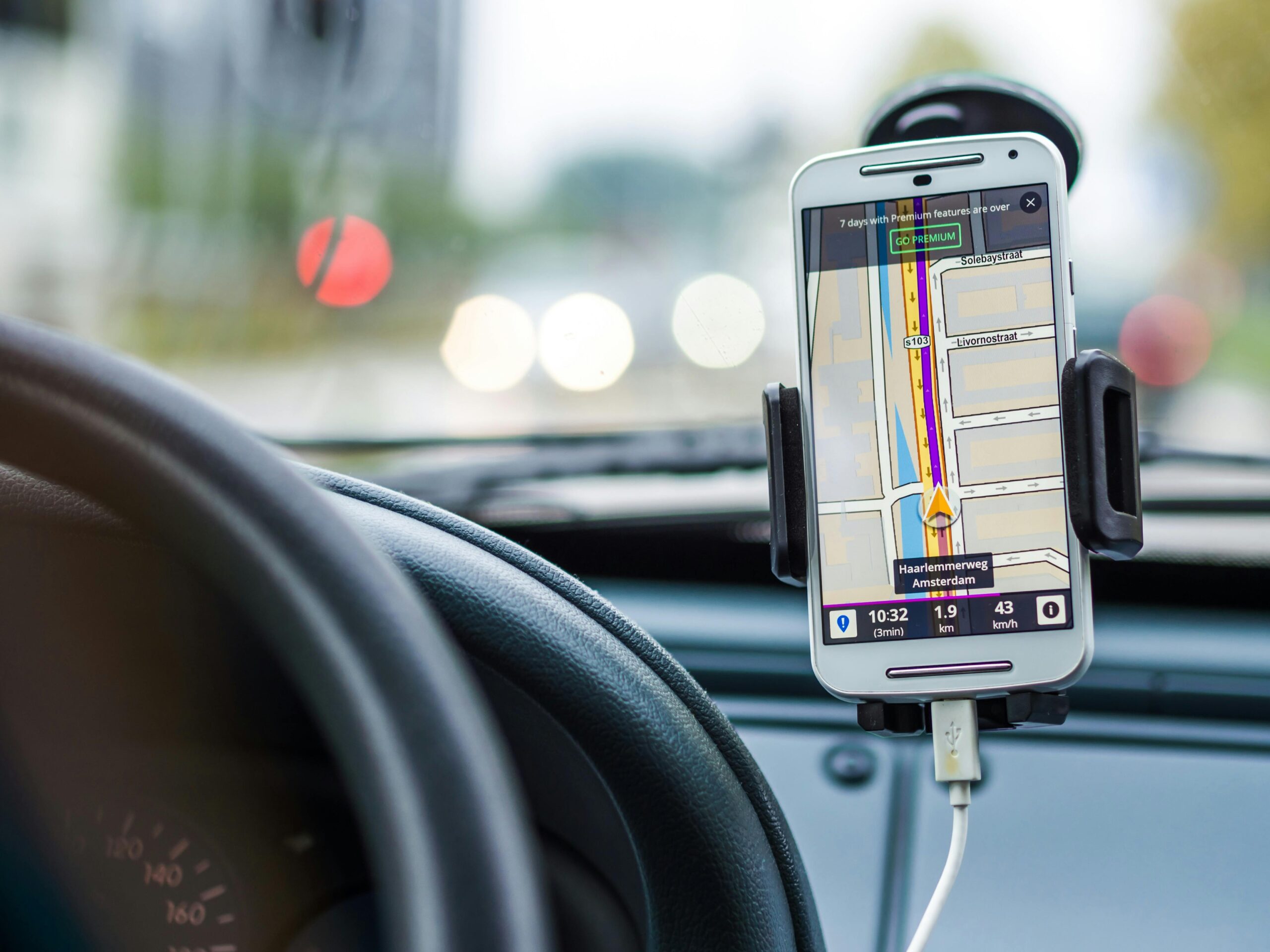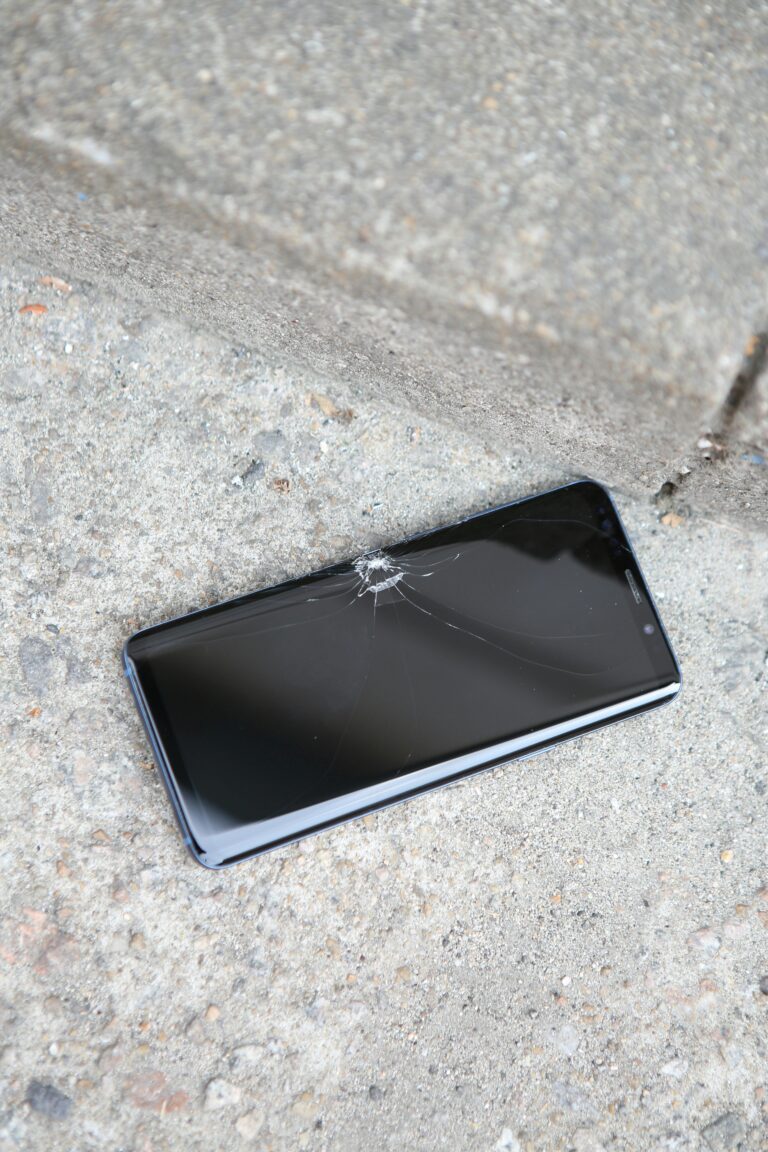Most people think turning off GPS means you’re safe from location tracking.
But in 2025, that couldn’t be further from the truth.
Your smartphone is still leaking your location, even when GPS is off — and most users have no idea it’s happening. Behind the scenes, apps and services are harvesting your movements using dozens of invisible methods.
Let’s unpack this digital deception — and how you can fight back.
🔍 Why Disabling GPS Isn’t Enough Anymore
GPS (Global Positioning System) is just one method phones use to determine your location.
When it’s off, companies can still locate you using:
1. 📡 Wi-Fi Networks
Apps scan for nearby Wi-Fi networks (even without connecting) and match them to a global database.
This can pinpoint your location within 2-5 meters — even inside buildings.
2. 📶 Cell Tower Triangulation
Your phone constantly pings nearby cell towers. Based on signal strength from at least 3 towers, your approximate location can be calculated — no GPS needed.
3. 🧲 Bluetooth Beacons
Retailers, malls, and airports use small Bluetooth devices to track foot traffic.
If your Bluetooth is on, your phone may silently interact with these beacons, reporting your location back to advertisers.
4. 🔋 Sensor Data (yes, seriously)
Motion sensors like accelerometers and gyroscopes can detect walking patterns, elevation, and even estimate your route through a building — without GPS.
Apps like Google Fit, Maps, and third-party fitness tools are quietly collecting this data.
😳 Real-World Example: The Location Leak That Shocked Europe
In early 2025, a major European weather app was found to:
- Continue logging precise user locations even when GPS was off
- Use Wi-Fi and cell tower data to map movements
- Share location data with 40+ advertisers
When exposed, the app claimed it was “improving forecast accuracy.”
It had over 100 million users.
🧠 Why They Want Your Location So Badly
Location is digital gold for:
- Targeted advertising (knowing when you’re in a store or near a competitor)
- Behavior prediction (where you shop, sleep, socialize)
- Insurance scoring (are you a safe driver? Do you go to the gym?)
- Law enforcement or government surveillance (often without warrants in some countries)
🔐 How to Actually Stop Location Tracking in 2025
✅ 1. Turn Off GPS AND Location Services
- On iOS:
Settings > Privacy > Location Services > Off - On Android:
Settings > Location > Use location > Off
But that’s just the first step.
🛑 2. Disable Wi-Fi Scanning
Even with Wi-Fi “off,” your phone may scan for networks unless you disable it.
- On Android:
Settings > Location > Wi-Fi and Bluetooth scanning > Disable both - On iOS:
Settings > Privacy > Location Services > System Services > Disable Networking & Wireless
🧲 3. Turn Off Bluetooth When Not in Use
Bluetooth beacons are everywhere in public spaces.
Disable Bluetooth when you’re not using audio or wearables.
🔥 4. Use a Firewall App to Block Location Requests
Apps like:
- RethinkDNS
- NetGuard
- TrackerControl
…let you block location requests at the network level. They can even stop silent data transfers to tracking servers.
📵 5. Use Privacy-Focused Apps
Replace common apps with location-respecting ones:
- Google Maps → Organic Maps (offline, no tracking)
- Weather Apps → Geometric Weather, Forecastie (minimal permissions)
- Fitness Apps → GadgetBridge (open-source, works offline)
🕵️ Bonus: Use a Faraday Pouch
Want extreme privacy?
A Faraday pouch blocks all signals (Wi-Fi, cellular, GPS, Bluetooth) when your phone is inside.
Use it when attending protests, traveling, or just when you want to disappear.
⚖️ Are We Being Tracked Illegally?
In many countries, this tracking is legal — because users “consent” through vague privacy policies and bundled app permissions.
That’s why it’s critical in 2025 to:
- Know what apps are doing behind the scenes
- Take control of your phone’s sensors
- Support laws demanding true opt-in tracking
🚨 Final Thought: Off Means Nothing Anymore
“Off” should mean off — but in today’s mobile world, it’s just a suggestion.
If you’re serious about digital privacy, you can’t rely on default settings.
You need to go deeper — and stay alert.












